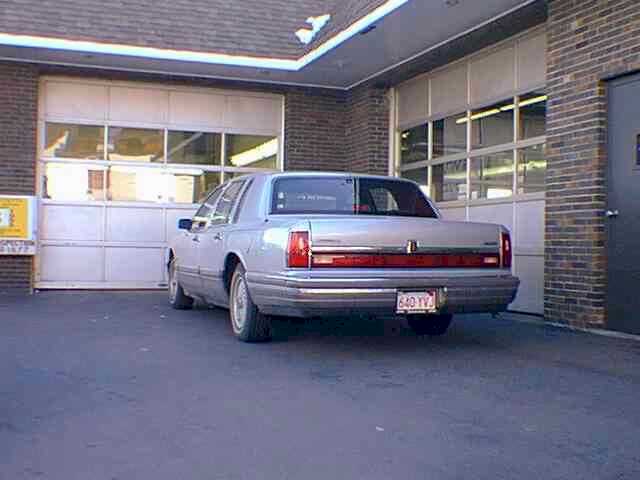
Figure 1: Car view
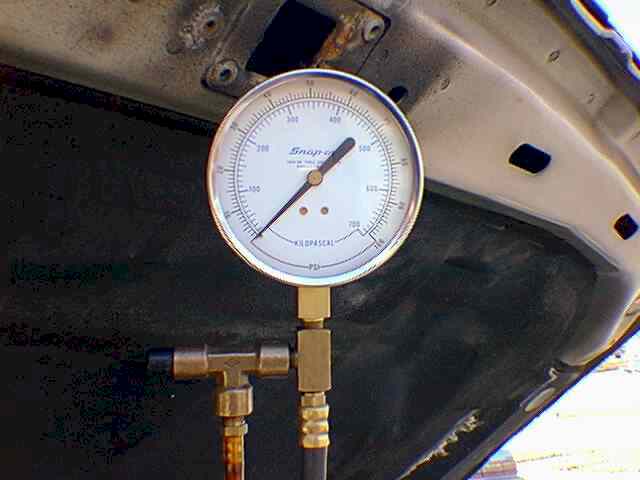
Figure3: Fuel pressure gauge hooked up during the symptom window showing
zero fuel pressure.
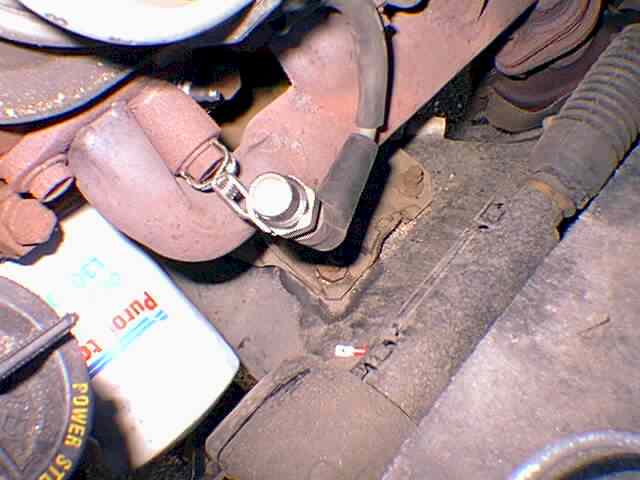
Figure2: Spark tester in place to verify spark while cranking.
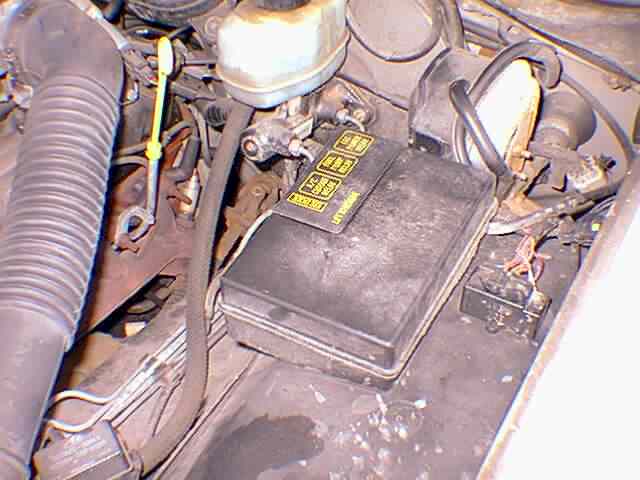
Figure10: location of A/C cutout relay, EEC power relay, and Fuel pump relay
over the drivers front wheel well.
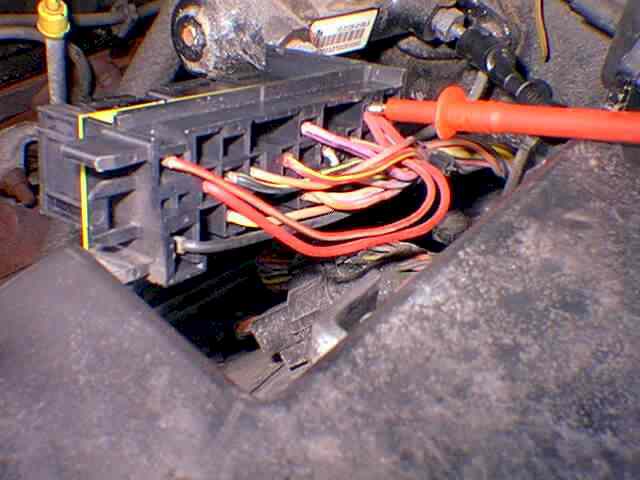
Figure8: Back probing the red wire at the EEC power relay. When the key
is on the EEC relay energizes providing power to several items including
the Red/Yellow wire to the coil of the fuel pump relay.
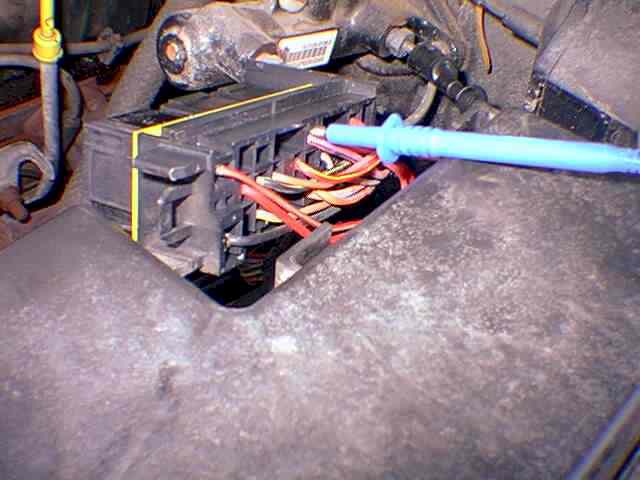
Figure7: Back probing the Pink/ Black wire. This wire is the power output
from the fuel pump relay to the fuel pump when the relay is energized.
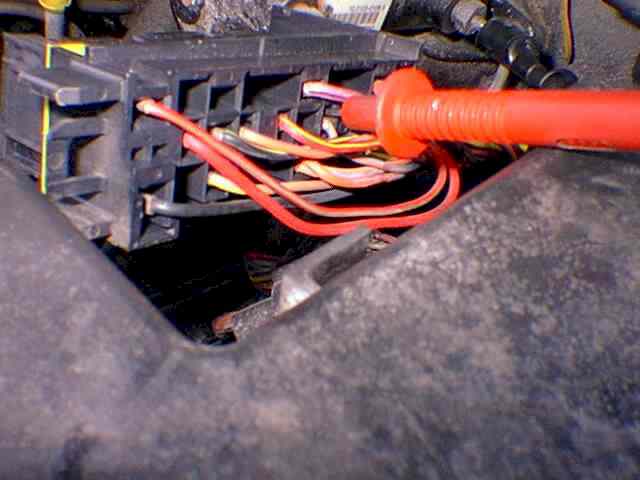
Figure6: Back probing the Light blue/Orange wire - grounded by the ECU when
fuel pump relay is commanded on.
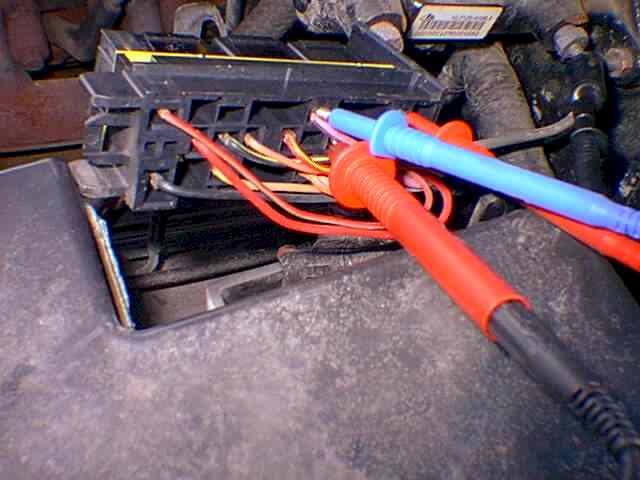
Figure9: All three leads back probed while driving.

Figure5 & 5A: Fluke 88 voltmeter taped outside on hood so we can monitor
while driving. Snap-On Vantage in dual voltmeter mode resting on dash for
easy view while driving.
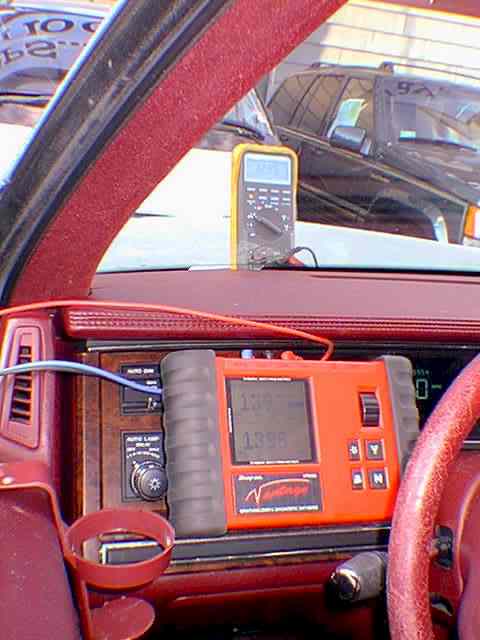
Figure5 & 5A: Fluke 88 voltmeter taped outside on hood so we
can monitor while driving. Snap-On Vantage in dual voltmeter mode resting
on dash for easy view while driving.
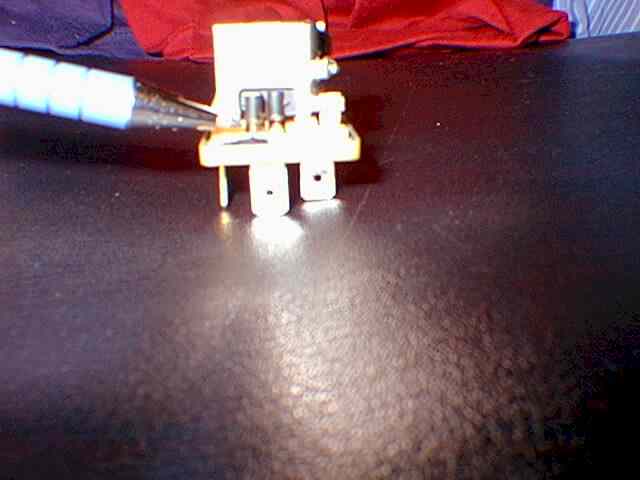
Figure11 & 11A: Fuel pump relay with cover off. Pen pointing to poor
solder connection at pin 85 of relay.
|
90 Lincoln Town Car
5.0 liter 4spd/at
53,606 miles
Very Intermittently-Cranks OK Won't Run
About a year ago the owner of this
Lincoln reported that the car cranked and would not run. They wanted us
to "check it out" during an oil change service but we were unable to duplicate
the condition. The car was running fine for us at that time.
Needless to say, now, approximately
a year later this same car found its way back to us via tow truck. The customer
reported the same symptom-cranks ok won't run.
After the wrecker left we went over
to the car and hit the key. Guess what? The car cranked but wouldn't start.
As we began our diagnostic, the car started. Now what? Here are the results
we accumulated during the "symptom window," or in other words, when the
car wouldn't run:
A. Spark ok.
B. Fuel pressure 0 PSI.
Although the car was running fine
now, we knew this car had an intermittent problem with the fuel system. Since
the car was still running fine, we advised the customer that we would not
be able to continue with our diagnostic until the car was symptomatic again.
The customer decided to take the car.
IT'S BACK!
A mere three days went by until the wrecker was backing
it in our lot again. I heard one of the technicians in the shop yell out:
"It's baaack." When we jumped in the car and hit the key the car started immediately.
We called the customer to advise them that once again we would be unable
to diagnose the car until the problem resurfaced.
The customer decided to leave the
car with us so we could spend some time test driving it. We checked for service
bulletins, there was a load to look through as usual, but none that matched
the symptoms. We decided to print the wiring schematic for the fuel circuit
for analysis. Studying the circuit, with test light in hand, yielded some
useful information. On this model, Fig. 4, the fuel pump relay receives
power at all times from a 20-amp fuse down the orange/lt. blue wire, relay
pin 30. This is the power source for the fuel pump when the relay is energized.
The pink/black wire, relay pin 87, carries this voltage to the fuel pump
when the relay is energized. The red/yellow wire, relay pin 86, brings power
to the relay coil providing that the inertia switch is not open and also
providing that the EEC power relay is energized. The light blue/orange wire,
relay pin 85, is grounded by the ECU during: key on two second prime, cranking
or running, and at key off. This grounds the relay's coil which activates
the relay. At first glance it would appear that the fuel pump would run at
all times the key is off since the ECU also grounds pin 85 at key off. Remember
though, that when the key is off the EEC power relay will power down and
prevent power from going to the power side of the relay coil, pin 86. This
prevents the fuel pump from running at key off. On a hunch, we decided to
check the voltage drop across the contacts of the fuel pump relay by connecting
a voltmeter between terminals 30 and 87. With the engine running the voltmeter
showed 0.00 volts so we knew the contacts were fine.
BACK PROBING.
We decided to drive the car with three voltmeters. The
first voltmeter we hooked up between battery positive and pin 85. This way
we could watch to see if the ECU was grounding the relay. The second
voltmeter we hooked up between battery negative and pin 87. This allows us
to monitor power going to the fuel pump when the relay is energized.
The third voltmeter we hooked up between battery negative and the red wire,
circuit 361, out the EEC power relay. This wire is powered when the
EEC power relay is energized. This wire sends power to several items including
pin 86 of the fuel pump relay. Because we had spark in the past during cranking
we did not believe the EEC power relay would be a problem but we decided to
monitor it anyway. (As Mitch Schneider says: The deeper you go the more you
know.).
RESULT TIME.
With voltmeters on and our cellular phone onboard we
were on the road. We drove the car on several trips but the car ran fine.
Finally, late in the day, came the break we needed. After driving about 1/4
of a mile from the shop, the car died. The car cranked ok but would not run.
While cranking we observed: voltmeter one was showing voltage, this indicated
that the ECU was grounding the fuel pump relay coil ok. Voltmeter two was
not showing voltage. This indicated that the fuel pump relay was not energized
and was not powering the fuel pump. Voltmeter three was showing voltage
which indicated that the EEC power relay was energized and ok.
At this point we knew the ECU was
grounding the fuel pump relay's coil but there was no voltage out the relay
to the fuel pump. Before condemning the fuel pump relay we wanted to make
sure the coil side of the relay was getting power at pin 86 and that
the constant power was still available at pin 30. Both were fine and we still
had no power at pin 87. This proved the fuel pump relay was faulty. It's
a good thing we had a long enough "symptom window." If this car had started
during testing, we would have been back to road testing again.
THE CAUSE.
After the car had left us, and the customer was happily
on their way, we decided to take a closer look at just what made this fuel
pump relay intermittently not work. When powering up the relay at terminals
85 and 86 we noticed that sometimes the relay would energize and sometimes
it wouldn't. After breaking off the relay's cover we noticed that, while powered,
if we wiggled the solder joint at terminal 85, the relay would work. This
joint provided a poor connection at the ground wire of the relay coil which
caused this cars intermittent problem.
Mark Giammalvo M.A.T., S.A.E., L1
Glenn Giammalvo M.A.T., L1
 Glenn & Mark
Glenn & Mark

|

